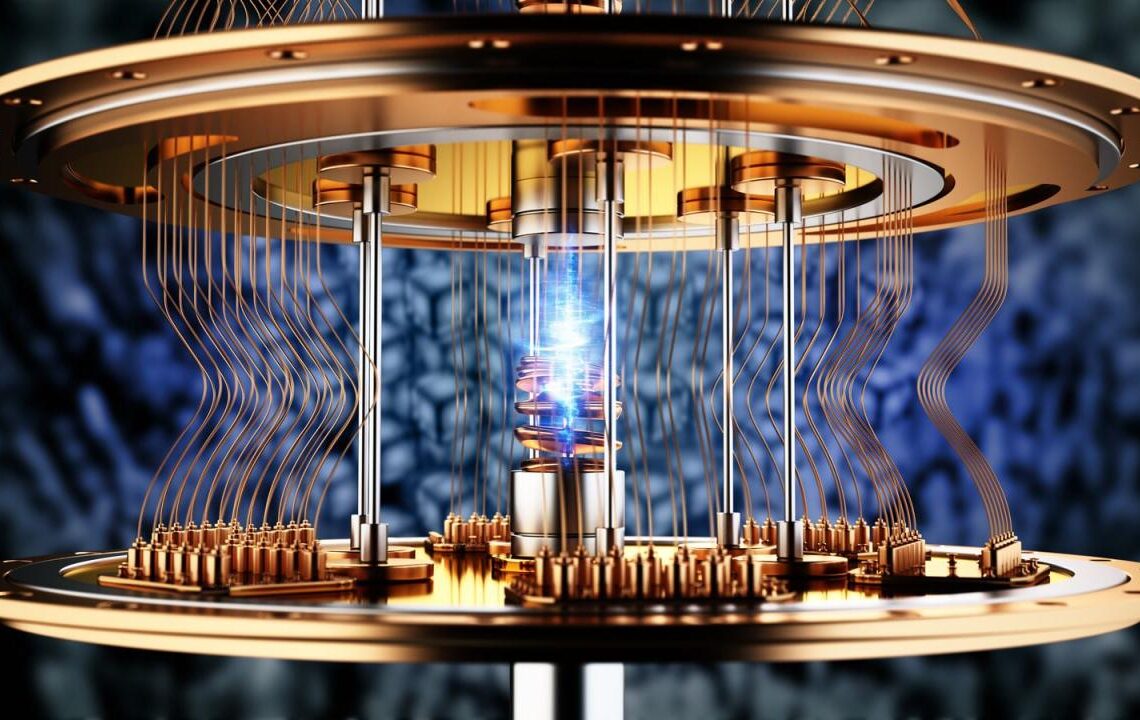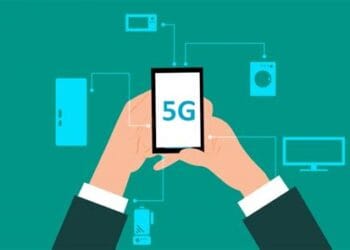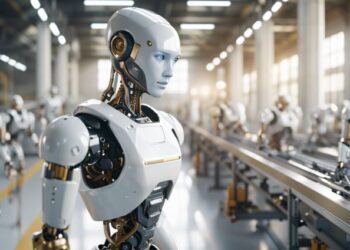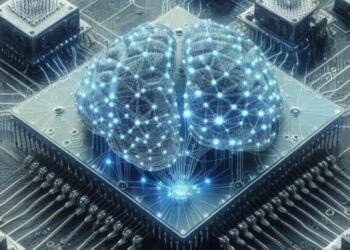We stand at the precipice of a monumental shift, a transformation so profound it will redefine the very fabric of technology, science, and commerce. For decades, the digital world has been built upon the simple, reliable foundation of classical computers, which manipulate bits—the definitive 0s and 1s of binary code. This paradigm, governed by Moore’s Law, has gifted us with smartphones, the internet, and artificial intelligence. However, we are beginning to brush against the fundamental limits of this classical approach. The most complex and pressing problems facing humanity, from designing life-saving drugs to creating truly intelligent AI, remain stubbornly beyond our grasp.
Enter the quantum realm. Quantum computing is not merely an incremental upgrade or a faster version of the computers we use today. It is a complete paradigm shift, a fundamentally new way of processing information. By harnessing the bizarre and counter-intuitive principles of quantum mechanics—the laws that govern the universe at the subatomic level—these machines promise to unlock a computational power that was once the exclusive domain of science fiction.
This article will serve as your comprehensive guide to this thrilling new frontier. We will demystify the core concepts of quantum mechanics that make these computers possible, explore the vast landscape of their potential applications, confront the immense challenges that lie ahead, and gaze into a future powered by the quantum leap. Prepare to move beyond the binary and explore a world of infinite possibilities.
The Quantum Heartbeat: Understanding the Qubit
To appreciate the power of quantum computing, one must first understand its most basic building block: the qubit, or quantum bit. While a classical bit is like a light switch, locked in a state of either off (0) or on (1), a qubit is something far more fluid and powerful.
Thanks to a principle called superposition, a qubit can exist as a 0, a 1, or, crucially, a combination of both states simultaneously. Imagine a spinning coin. While it’s in the air, it is neither heads nor tails; it is a blend of both possibilities. Only when it lands (a process analogous to “measurement” in the quantum world) does it resolve into a definite state. A qubit operates in a similar fashion. This ability to hold multiple values at once is the source of a quantum computer’s exponential power.
If one qubit can hold two states (0 and 1), two qubits can hold four states (00, 01, 10, and 11) simultaneously. Three qubits can hold eight states. This pattern continues exponentially. A system with just 300 qubits could represent more possible states simultaneously than there are atoms in the observable universe. This is the staggering computational space that quantum computers operate in, allowing them to explore a vast number of potential solutions to a problem all at once, rather than one by one like a classical computer.
Spooky Action: The Power of Entanglement
If superposition provides the breadth of quantum computation, another phenomenon, entanglement, provides its incredible depth and interconnectedness. Albert Einstein famously called it “spooky action at a distance.” When two or more qubits become entangled, their fates are inextricably linked. They behave as a single, unified system, no matter how far apart they are separated.
If you measure the state of one entangled qubit, you instantly know the state of its partner, even if that partner is on the other side of the galaxy. For example, if you have a pair of entangled qubits and find the first one is in a “spin up” (let’s call it 1) state, you will know with absolute certainty that its partner is in a “spin down” (0) state.
This interconnectedness allows for incredibly sophisticated and powerful correlations to be processed. It’s like having a vast team of workers who don’t need to communicate because they all intrinsically know what the others are doing. This property is essential for executing complex quantum algorithms and for quantum error correction, creating a computational fabric that is far more powerful than the sum of its individual parts.
Classical vs. Quantum: A Tale of Two Computers
It’s a common misconception that quantum computers will make our laptops, smartphones, and data centers obsolete. This is not the case. Rather, they are specialized machines designed to solve specific classes of problems that are intractable for even the most powerful classical supercomputers.
Here’s a breakdown of their key differences:
- Information Unit: Classical computers use bits (0 or 1). Quantum computers use qubits (0, 1, or both).
- Processing: Classical computers process information sequentially, following one computational path at a time. Quantum computers, thanks to superposition, explore all possible paths simultaneously.
- Problem Type: Classical computers excel at tasks like running software, Browse the internet, and managing databases. Quantum computers are designed for optimization problems, complex simulations, and breaking cryptographic codes.
- Architecture: Classical computers are robust and can operate at room temperature. Most current quantum computers are incredibly fragile and require extreme environments, such as near-absolute zero temperatures and shielding from all external vibrations and radiation, to function.
Think of it this way: a classical computer is like a car. It’s fantastic for everyday travel on a well-defined network of roads. A quantum computer is like a rocket ship. It’s not for popping down to the grocery store, but if you want to explore the solar system, it’s the only tool for the job. The future is likely a hybrid model, where classical systems manage most tasks and offload specific, complex calculations to a quantum co-processor, much like how CPUs and GPUs work together today.
The Architects of the Quantum Realm: Building the Machines
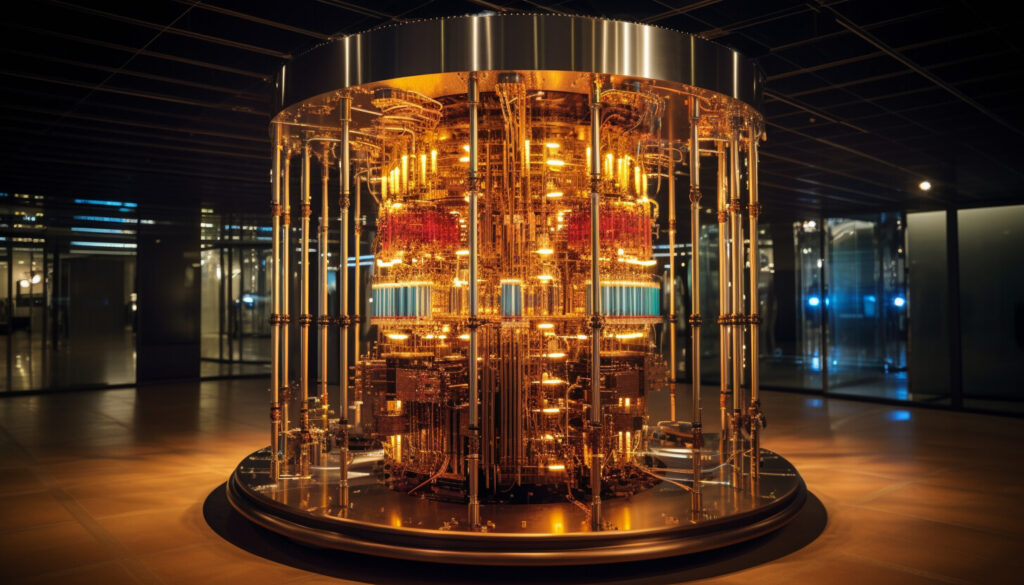
Creating and controlling qubits is an immense scientific and engineering challenge. The quantum state is unbelievably delicate, and the slightest disturbance from the outside world—a stray magnetic field, a tiny temperature fluctuation—can destroy the computation in a process called decoherence. As a result, researchers around the world are exploring various physical systems to build stable, scalable quantum computers.
A. Superconducting Qubits: This is the approach favored by industry giants like Google and IBM. It involves creating tiny circuits from superconducting materials that, when cooled to temperatures colder than deep space, exhibit quantum behaviors. These qubits are relatively fast and easy to manufacture using existing semiconductor fabrication techniques, but they are highly sensitive to noise and have short coherence times.
B. Trapped-Ion Qubits: This method uses individual charged atoms (ions) suspended in a vacuum by electromagnetic fields. Lasers are used to manipulate the quantum state of these ions. Trapped-ion qubits are incredibly stable and have long coherence times, leading to very high-fidelity operations. However, they are generally slower than superconducting qubits and scaling them up to thousands of qubits presents a significant engineering hurdle.
C. Photonic Qubits: Instead of using matter, this approach uses individual particles of light (photons) as qubits. The quantum information is encoded in properties like the photon’s polarization. A key advantage is that photonic systems can potentially operate at room temperature and leverage existing fiber-optic technology. The primary challenge lies in getting photons to interact with each other reliably, which is necessary for creating quantum logic gates.
D. Other Promising Avenues: The field is rich with innovation, with researchers also exploring neutral atoms, quantum dots, and topological qubits. Each approach has a unique set of strengths and weaknesses, and it’s still too early to say which, if any, will become the dominant architecture for the quantum age.
Unlocking the Future: Real-World Applications of Quantum Computing
The true excitement of quantum computing lies in what it will enable us to do. Its impact will be felt across nearly every industry, solving problems that have long been considered impossible.
A. Medicine and Materials Science: One of the most promising applications is in the simulation of molecules and chemical reactions. Classical computers struggle to accurately model even moderately complex molecules due to the quantum interactions involved. A quantum computer, operating on the same principles, can simulate these systems with perfect fidelity. This could revolutionize drug discovery by allowing scientists to design new drugs and test their effectiveness in a virtual environment, drastically reducing the time and cost of development. Similarly, it will enable the design of novel materials with bespoke properties, such as more efficient solar cells, better batteries, or new catalysts for cleaner industrial processes.
B. Finance and Economics: The financial world is a complex web of optimizations and risk calculations. Quantum computers are perfectly suited for these tasks. They could be used to create vastly more accurate financial models for predicting market movements, optimize investment portfolios for maximum return with minimum risk, and price complex derivatives with a speed and accuracy currently unimaginable.
C. Artificial Intelligence and Machine Learning: Quantum machine learning is a burgeoning field that aims to use quantum algorithms to supercharge AI. Quantum systems could analyze incredibly complex datasets and identify patterns that are invisible to classical algorithms. This could lead to breakthroughs in areas like image and speech recognition, natural language processing, and the development of more powerful and efficient AI models.
D. Logistics and Optimization: Many critical business and scientific problems are fundamentally optimization problems. For example, finding the most efficient route for a delivery fleet (the “Traveling Salesman Problem”), optimizing the flow of traffic in a city, or designing the most efficient layout for a factory floor. For problems with a large number of variables, these tasks become exponentially difficult for classical computers. Quantum computers could find the optimal solution in a fraction of the time.
E. Breaking and Making Codes: This is perhaps the most famous—and infamous—application. A sufficiently powerful quantum computer running Shor’s algorithm could theoretically break much of the public-key cryptography that secures our digital world, from online banking to government communications. This creates a “quantum threat” that requires urgent attention. At the same time, quantum mechanics also provides the solution: Quantum Key Distribution (QKD) and other forms of quantum cryptography offer a new, provably secure method of communication that is immune to any form of computational attack, even from another quantum computer.
The Grand Hurdles on the Quantum Path
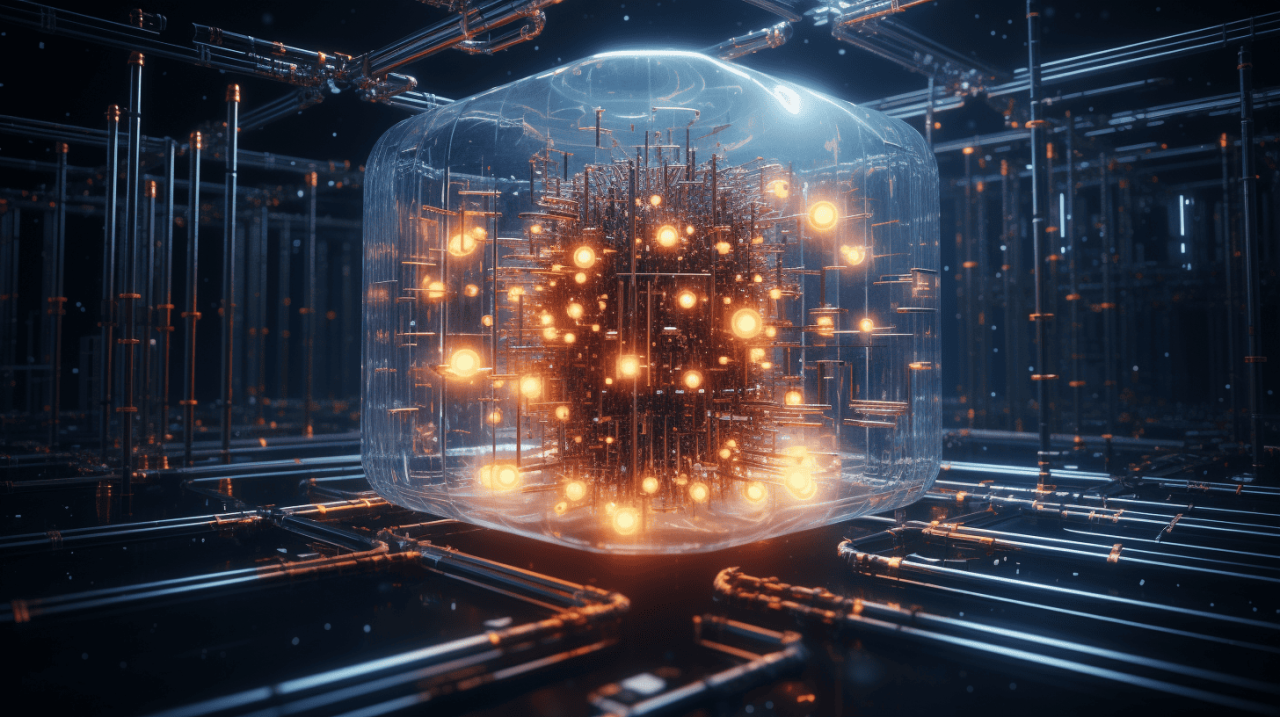
While the promise is immense, the path to building a large-scale, fault-tolerant quantum computer is fraught with monumental challenges. We are currently in what experts call the “Noisy Intermediate-Scale Quantum” (NISQ) era. Today’s machines are powerful but also prone to errors.
A. Decoherence: This is the arch-nemesis of quantum computing. Qubits are inherently fragile. Any interaction with their environment—heat, electromagnetism, vibration—can cause them to lose their quantum properties (their superposition and entanglement), leading to the collapse of the computation. Building systems that can isolate qubits from the environment for a sufficient amount of time is a primary focus of research.
B. Error Correction: All computers make errors, but in classical systems, these are easy to detect and fix. In a quantum computer, the act of simply observing a qubit to check for an error can destroy the very information you’re trying to preserve (due to the measurement problem). Developing effective quantum error correction codes, which use multiple physical qubits to encode a single, more robust “logical qubit,” is one of the most complex challenges in the field.
C. Scalability: While we have successfully built systems with dozens or even hundreds of qubits, scaling up to the thousands or millions of high-quality qubits needed for many practical applications is an enormous engineering feat. This involves not just cramming more qubits into a space, but also developing the complex control systems, wiring, and cooling needed to operate them all in concert.
The Road Ahead: Navigating the Quantum Decade
The journey toward quantum readiness is a marathon, not a sprint. We are witnessing a global race, with nations and corporations investing billions of dollars to achieve “quantum advantage”—the point at which a quantum computer can perform a useful task that a classical computer cannot.
Cloud platforms like IBM Quantum, Amazon Braket, and Microsoft Azure Quantum are playing a crucial role in democratizing access to this technology. They allow researchers, students, and businesses from around the world to experiment with real quantum hardware, fostering a global community and accelerating the pace of discovery.
Over the next decade, we can expect to see continued progress in increasing qubit counts, improving qubit quality, and developing more sophisticated quantum algorithms. We will likely see the first demonstrations of quantum advantage for specific, commercially relevant problems in fields like materials science or finance. Simultaneously, a parallel effort will ramp up to develop and deploy quantum-resistant cryptography to safeguard our digital infrastructure from future threats.
Embracing the Revolution
Quantum computing represents more than just a technological advancement; it is a fundamental expansion of our ability to understand and manipulate the natural world. By learning to speak the language of quantum mechanics, we are on the verge of solving some of the most profound scientific mysteries and engineering challenges of our time. The road is long and difficult, paved with obstacles that will test the limits of human ingenuity. But the potential rewards are immeasurable. From curing diseases and combating climate change to creating a more secure digital world and unlocking new frontiers of artificial intelligence, the quantum revolution is not a distant dream. It is happening now, and it is poised to change everything.
